Personalitree: How Your Language Can Bring About Universal Plant Rights

Personalitree is what makes every tree unique. Just as every human being is an individual, so too is every tree. Yet we rarely see the uniqueness of each individual living tree largely due to our language and subsequent ways of thinking.
Plant Rights
I think there will be a time as far fetched as it may seem to Western thought where plants will be given similar rights to animals to exist. Plant Rights will be along Animal Rights as we recognise the uniqueness of every living sentient being and their right to the freedoms that humans expect.
Bigotree
I’ve been thinking about this for the past few weeks, spurred on by the recent planting of Arthur, my Ormeau Bottle Tree at the Gold Coast Historic Museum. You can learn more about Arthur towards the end of my previous post.
When we think about trees, rarely do we see them as individuals, as sentient beings living their own separate yet interconnected lives as humans do. Even writing these words is a stretch to a small extent for me, opening me up for ridicule, yet is this leap in thinking really so radical?
A bigot is a person who is intolerant to those holding different opinions to themselves. Often a bigot believes their beliefs, culture or background is superior to others. Yet, have we in the West become tree bigots without knowing it?
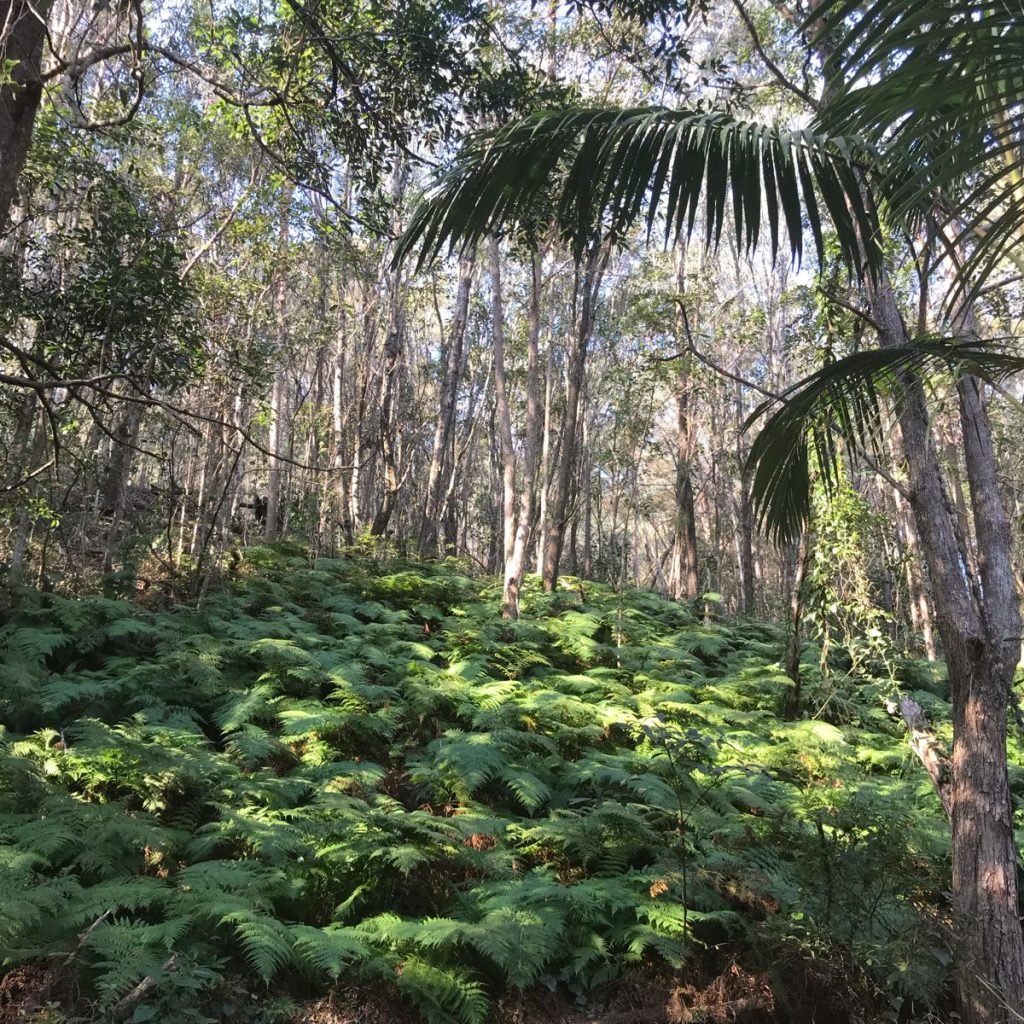
Catagorising Spurrs Violence
An example is Hitler and the Jews in WWII. Hitler was able to blame the Jews as a race of people for all the hardships after WW1 to the point that so many were sent to the gas chambers.
I think categorising can be a form of insidious violence.
The Nazi’s propaganda machine was able to bunch all Jews as evil and a scourge on the superior Aryan race to be destroyed. From the Kristallnacht pogroms, to Jews forced to wear yellow arm bands and then herded into ghettos and then crammed into train carriages to be taken to Concenration Death Camps as part of the ‘Final Solution’.
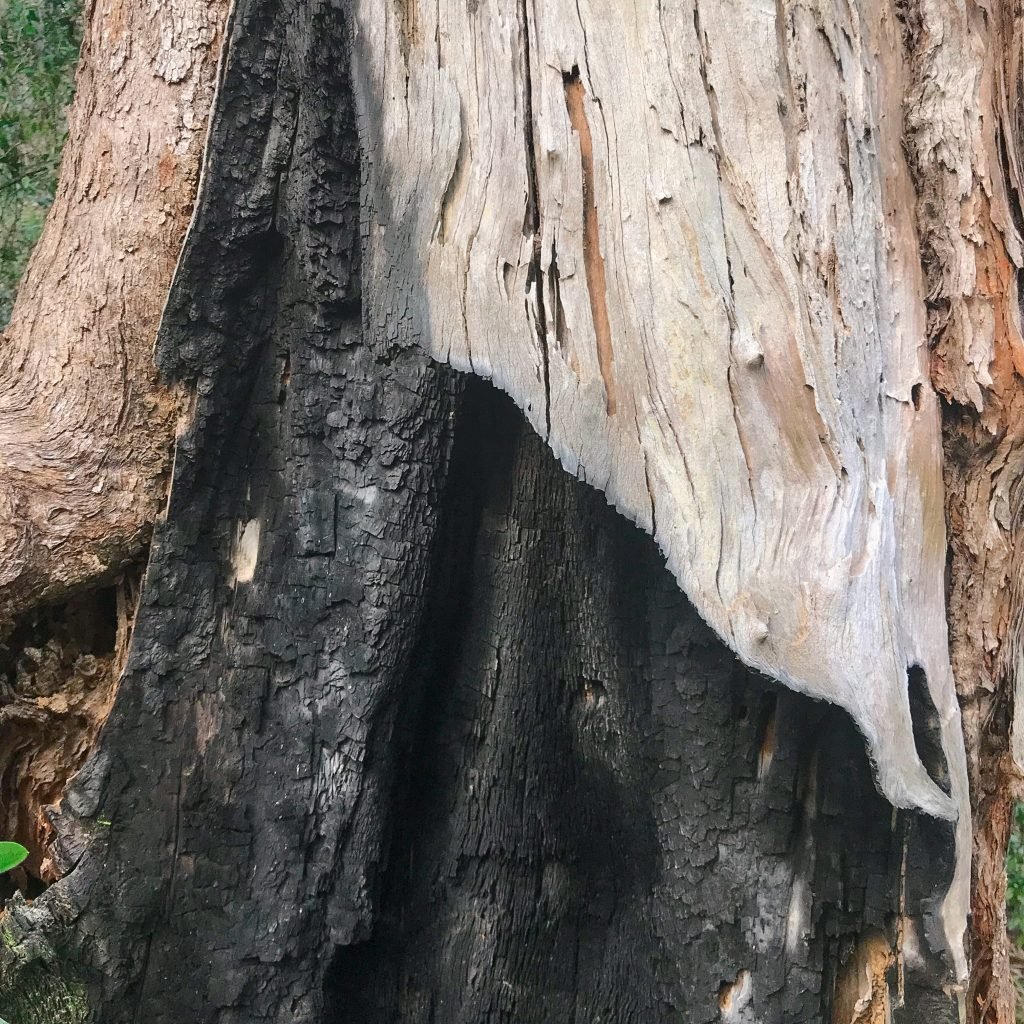
Genocide
Is it really such a huge jump to take the killing of a race of people and also the wholesale destruction of our forests as two forms of genocide?
When we use the word genocide we always refer to it meaning the deliberate killing of a large group of people, especially of a particular nation or ethnic group.
Yet, to me genocide means the killing of life. gen, or Greek genos meaning race (think genes) and cide, or killing. Literally genocide is the killing of genes or life.
Deadly Language
Many indigenous cultures see every living being as their brothers and sisters that they share this planet with. Every action is considered. When they hunt for their survival, many cultures give thanks and respect to the spirit of the slain living creature.
Saying Grace
There was a time when saying grace before a meal was a more common practice then it is today.
It usually acknowledged the creator for the bounty they were about to consume.
In those moments one could reflect on what it took for the food to be on the table from nature’s blessing – the sun, soil and rain to the people who took it from farm to plate.
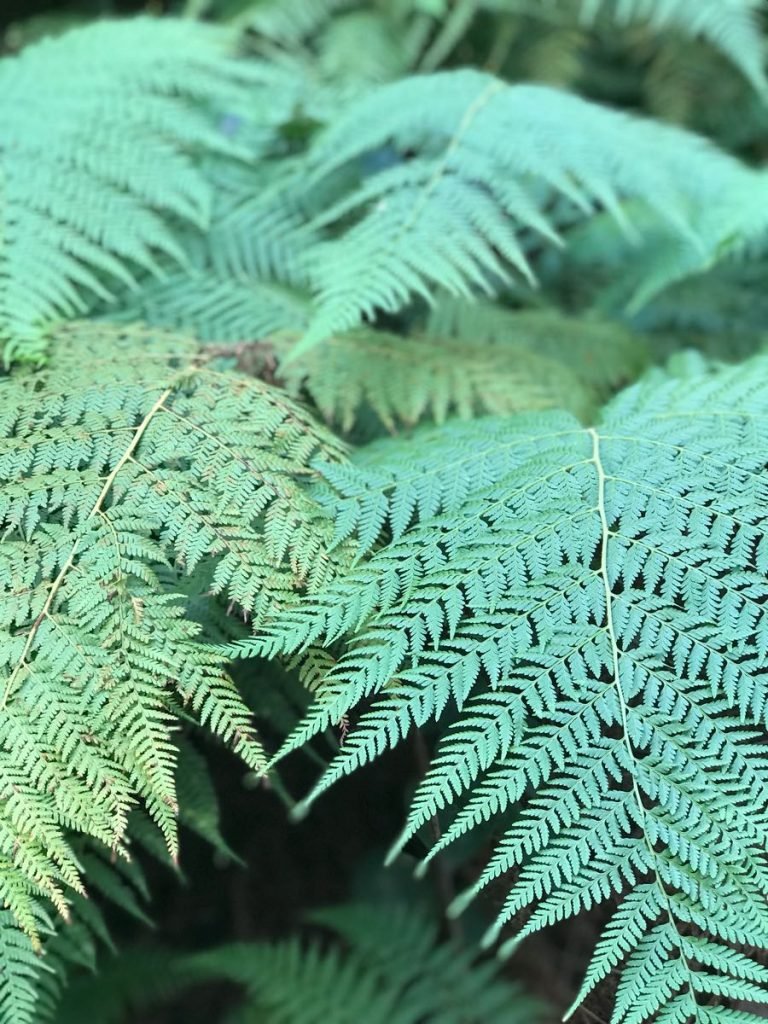
The Power of Gratitude
Gratitude is a powerful disruptive tool to our cultural thinking. It destroys our urge to categorise, to lump things into broad general boxes where individuals lose their identity. Instead, when we experience gratitude, we have the opportunity to dig deeper and see things on a personal level where individuals and life matters.
Final Solution
It may be difficult to fathom how a civilised society like Germany could slaughter a race of people. Yet through manipulating language and how we see things it shouldn’t be that surprising. This was also extended to other ‘categorised’ and ‘marginalised people such as homosexuals, gypsies and the disabled.
Digging Deeper
So how do we prevent the world from continuing on our current downward slide of environmental destruction?
There are many things we can do to prevent the slide into environmental oblivion, and it all begins with how we look at the natural world around us, the language we use and being aware of how this moulds our thinking and the conversation we have with others.
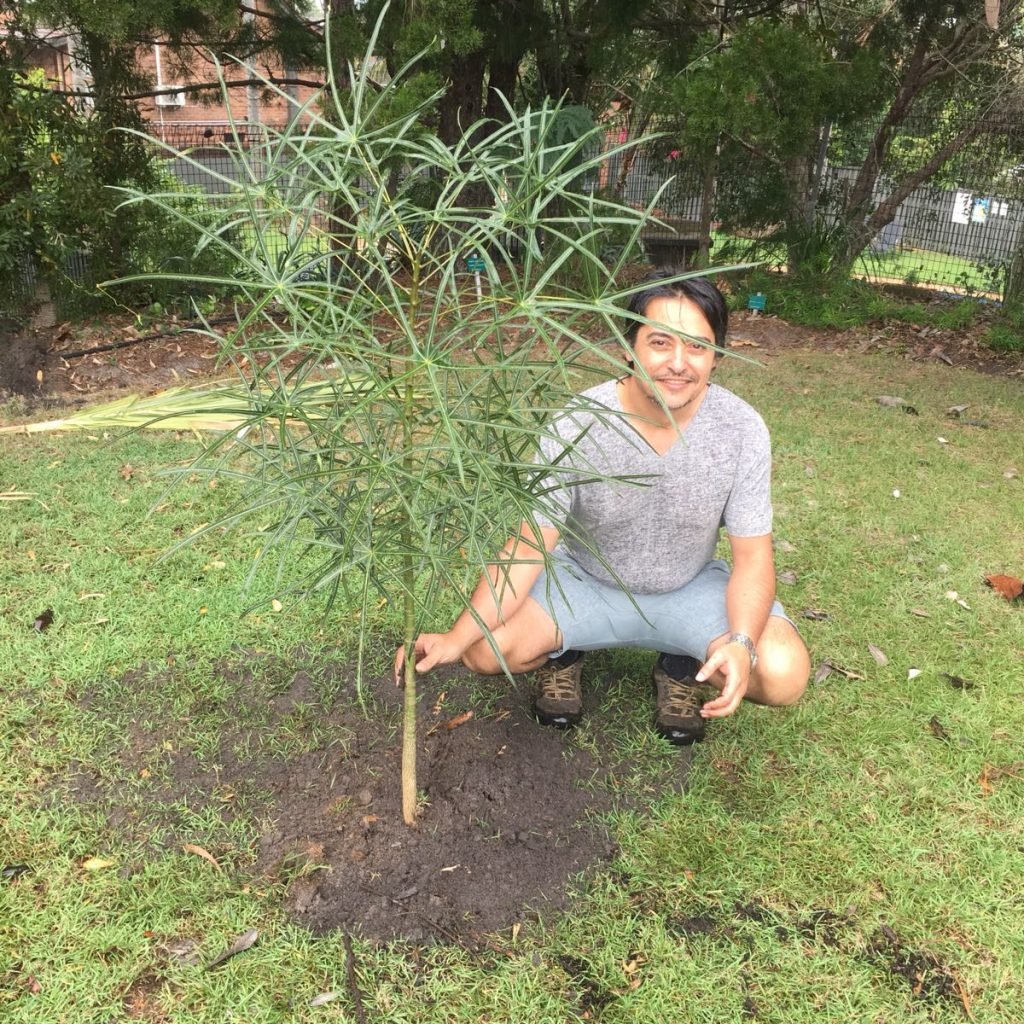
The Ormeau Bottle Tree
I have started to be more aware of my own planted thoughts and one of the recent triggers was the simple planting of a tree. I have been growing a critically endangered Ormeau Bottle Tree for some months.
The fact that it was critically endangered honed my thoughts to pay more attention to this plant to ensure that I carefully tended it so that it would grow strong and add to the species’ population.

Nursery
Just like a raising a child or a pet, I would get excited when I would see fresh new tiny red buds start to grow and turn into tiny little glossy green starfish-shaped leaves. The equivalent to a parent would be seeing their baby’s first teeth or taking their first steps.
Yet, with all the care and attention that I gave the tree, watering it regularly and feeding it fertiliser and positioning it to receive just the amount of sunshine and protection from winds, in my head it was still ‘a tree’ albeit a ‘critically endangered’ one.
Plant Consiousness
Even with new thoughts and research I was doing on plant consciousness I don’t think I still made the next leap in thinking till Arthur was planted.
Too Big For His Roots
As the Ormeau Bottle Tree literally got too big for his roots in the pot that I had it in, I needed to find somewhere suitable to plant it in the ground.
I found a suitable ‘home’ for this sapling at the Gold Coast Historical Museum and David the president was enthusiastic on having it planted on the Museum grounds because of the rarity of this Gold Coast endemic tree.
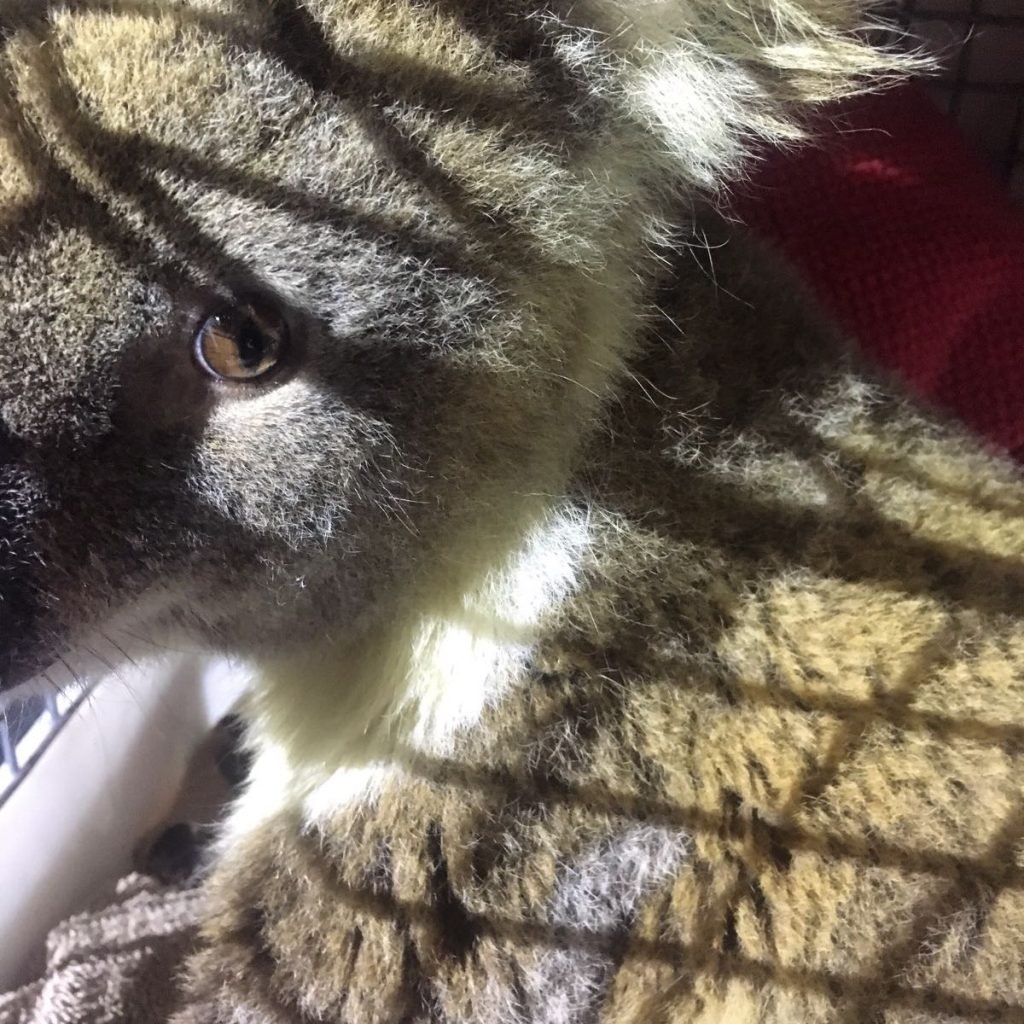
Arthur
The breakthrough in thinking came when the night before the Ormeau Bottle Tree was to be transported and planted we got a call out for a koala at Canungra.
We managed to get the sick koala out of the tree he was in but unfortunately because he was too sick he had to be euthanised.
In the little time that we have to spend with koalas we rescue it is difficult to not develop an affection for them and to see their unique individual character.
I named this male koala Arthur, because of his ‘calm’ nature, which may have been simply because this partially blind koala (from clamydia conjunctivitis) was on his last legs and had no more energy left to fight.
His death really affected me to the point that I needed a way to never forget Arthur. I needed a way where Arthur wouldn’t be another koala amongst countless others on the road to what may mean inevitable local extinction on the Gold Coast. I wanted a way for me to remember him and how he touched my heart in those brief moments. I wanted others to know that his individual life mattered.
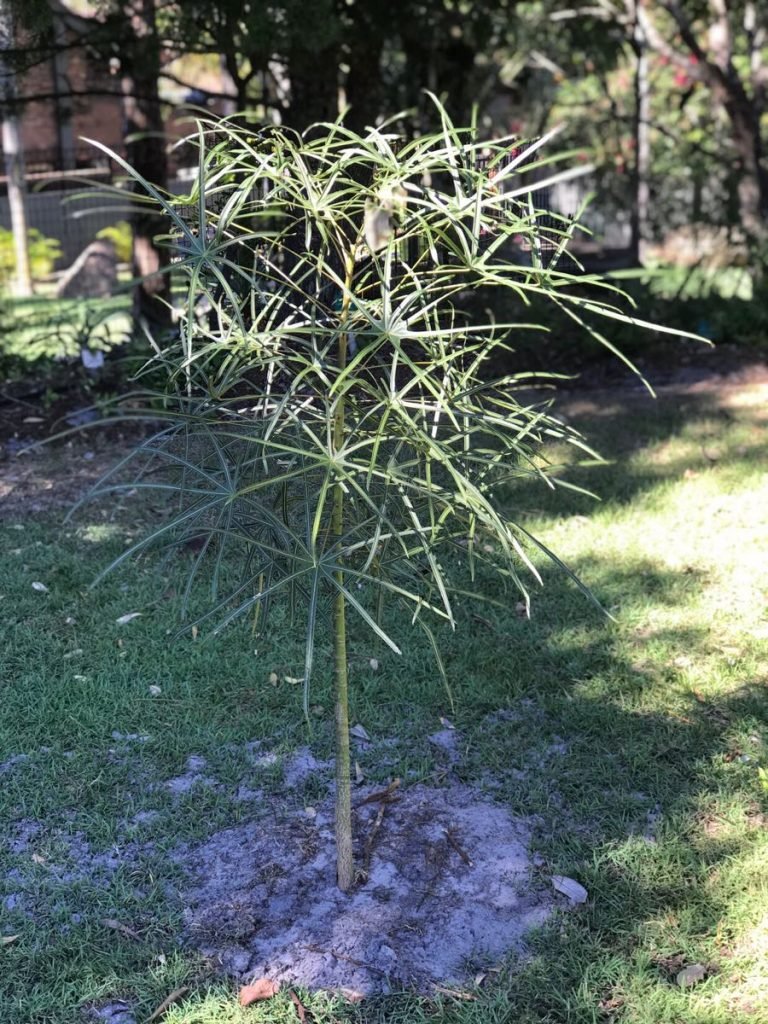
Arthur The Tree
Naming the Ormeau Bottle Tree after this koala to me became the way to never forget him. It also symbolised to me hope that through awareness we may turn the tide of habitat destruction that is leading to the demise of koalas.
The incredible work of landholders, organisations and government have done to help the Ormeau Bottle Tree that has a highly restricted range of only one kilometre radius is incredible. With only 121 know mature individuals in the wild, and with two quarries situated in the range, this may well be a story of hope.
Symbolism
Trees have been used to honour and celebrate significant people and important events. In my previous blog you would have read about the Heroes Avenue in Roma where 93 Queensland Bottle Trees were planted to honour the men of Roma who died in WWI.

Australian Defence Force Memorial Grove
This afternoon I went to visit a memorial grove in Gold Coast Regional Botanic Gardens that was planted to honour the Australian Defence Force personnel killed in action during the war in Afghanistan.
Each tree represents a soldier who has not returned and symbolises the unity and strength of those who died in the service of their country.
Description on plaque
While walking through this grove which will one day provide a shady peaceful place to reflect and remember our fallen soldiers, I came to a realisation.
If we can make the next leap in thinking with seeing each tree as an individual living sentient being, with its own unique needs and who’s inherent value is in the fact that it simply exists then we may just see our relationship to nature change in a big way towards the positive.
Significant Tree
The National Trusts of Australia have collaborated to create a National Register of Significant Trees. This register aims to protect and celebrate Australia’s heritage. A Significant Tree may be a tree that is of significant age or appearance or may be important to the history of an area.
Throughout the world there are significant trees that are recognised for numerous reasons, such as the age, size, or rarity.
The General Sherman, for instance, a giant sequoia, in California, is the world’s largest tree measured by volume.
And the Hyperion, discovered in 2016, is the tallest Californian Redwood, standing at 115.92 metres.
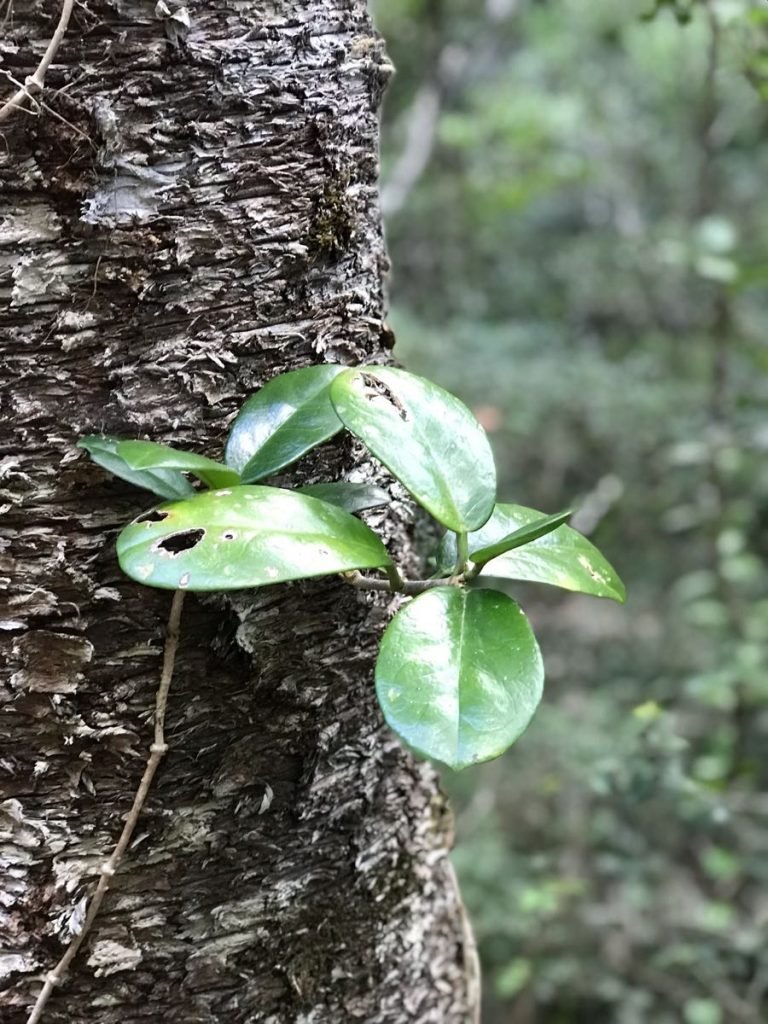
Every Tree Is Significant
By categorising trees by their significance we risk perpetuating the violence we inflict on our natural world. We need to begin to see every living thing as significant.
Not so for its monetary value to us. Not so for the ecological value it may provide us – fresh air, shade, clean water. No, simply for the fact that they have the right to exist as much as we do.
So how do we make that big leap to seeing all living things as significant?
Treeatise
As I have previously mentioned I think it begins with the way we think and speak about our fellow brothers and sisters that we share our Earth with.
We need to take an evolutionary step forward by going backwards. Yes, you read right. We need to learn from indigenous cultures and from their relationship with our natural world. We often think that the Western world for all its technological advances is somewhat superior to ‘primitive’ indigenous cultures. We may have advanced technologically but our fundamental connection to the Earth has not.
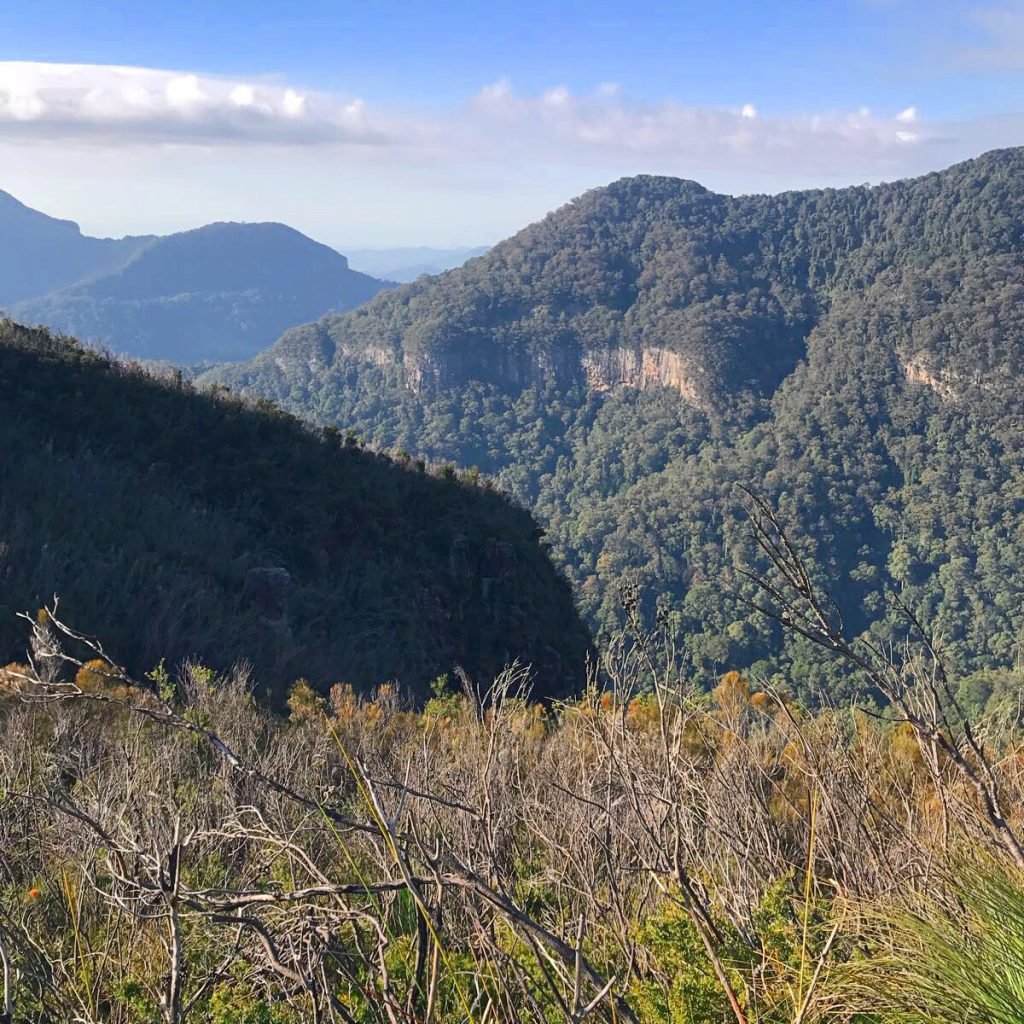
Gratitude
Another way to create a paradigm shift is to experience deep gratitude for the natural world around us. Spending time in nature can take us there.
The Burbs
Yesterday I went for a hike up to Binna Burra. Walking along the high ridges and then into the ravines I could see the vegetation shift. The exposed dry open eucalypt forest on the ridges would make way to sheltered ravines filled with tree ferns, stream lillies and palms, and where the temperature would drop and the ground was moist.
Walking through these plant communities was like walking through different suburbs. Rather than focusing on walking from A to B, I instead made an effort to meet the locals. All of a sudden, these plant communities and places take on a new significance.

Blissings
Walking through these plant communities I often feel a sense of bliss taking over me. I feel grateful to be able to be walking through such biodiverse landscapes, to be able to dig a little deeper and notice the intricate details.
A small embankment, easily overlooked, comes alive with carnivorous sundews, a world in miniature, like something out of a sci-fi.
Even a tiny puddle comes alive as we see tiny tadpoles and insects when we stop for a moment to notice.
This feeling of bliss brought on by counting the bountiful blessings I call blissings.
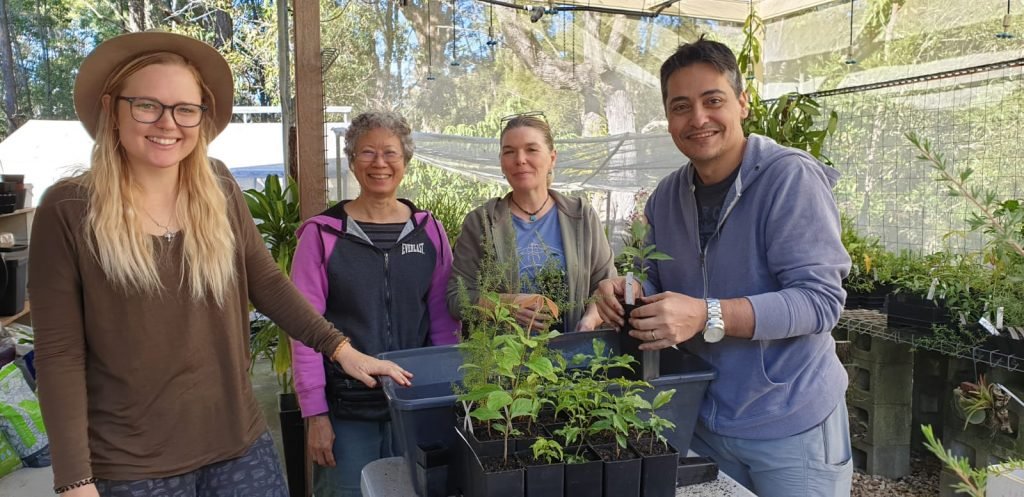
Pet Plants
Gratitude towards the nature is a powerful way to be able to make that leap from seeing ‘plants’ as a group and as living individual beings.
This morning I joined a plant propagation bee with other members of the QLD Native Plants Gold Coast Group. I brought up the subject about how we really don’t recognise plants as ‘individuals’ and often to their detriment.
Our relationship to plants for instance is vastly different to the one we have with our pets. We recognise our dog or cat as individuals with distinct personalities.
I broached the subject that maybe we need to start calling our plants names. I don’t mean making fun of them, what I mean is, giving them a name so that we can recognise them as individual sentient beings not just plants that we know cerebrally are alive but we don’t quite see them as being ‘individuals’.
Pet Names
One member then told me about a family they know. I don’t remember all the details, but I think their animal pets died and they were looking to move. Rather than getting new animal pets they began instead to name their potted plants.
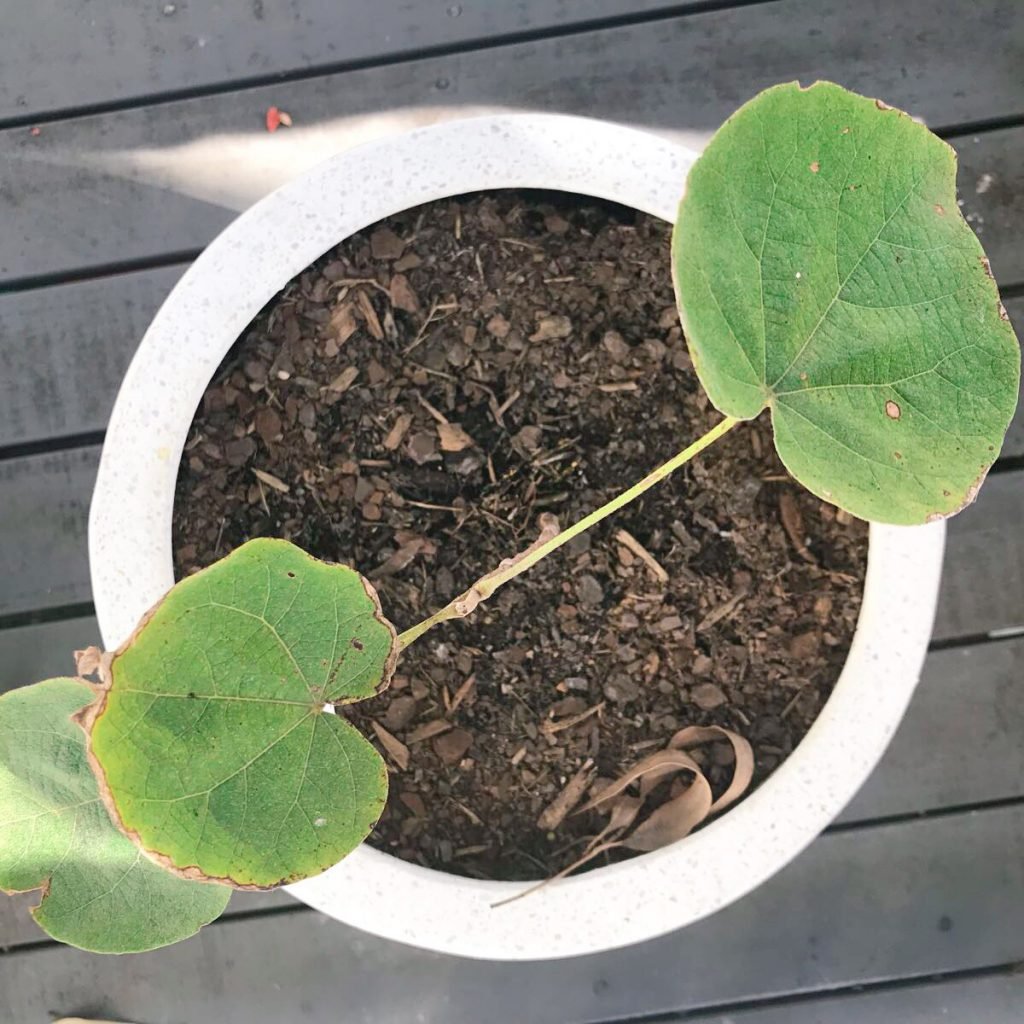
As An Indivisible
This simple act of giving each plant an individual name I think was a powerful one. All of a sudden each plant may have been given the ‘attention’ it deserved and recognised as an individual.
No longer was the Monstera Delicosa just another Monstera Delicosa amongst many. All of a sudden this was Charlotte. She was a tolerant individual who put up with a bit of neglect when her carer shoved her in a dark corner of the room and didn’t water her regularly.
Don’t restrict your attention to your plants at home. When you go for a walk, simply take a few extra moments to look up at the trees around you and admire each tree individually and take in their beauty. Being mindful of the living beings around you can be life transforming.
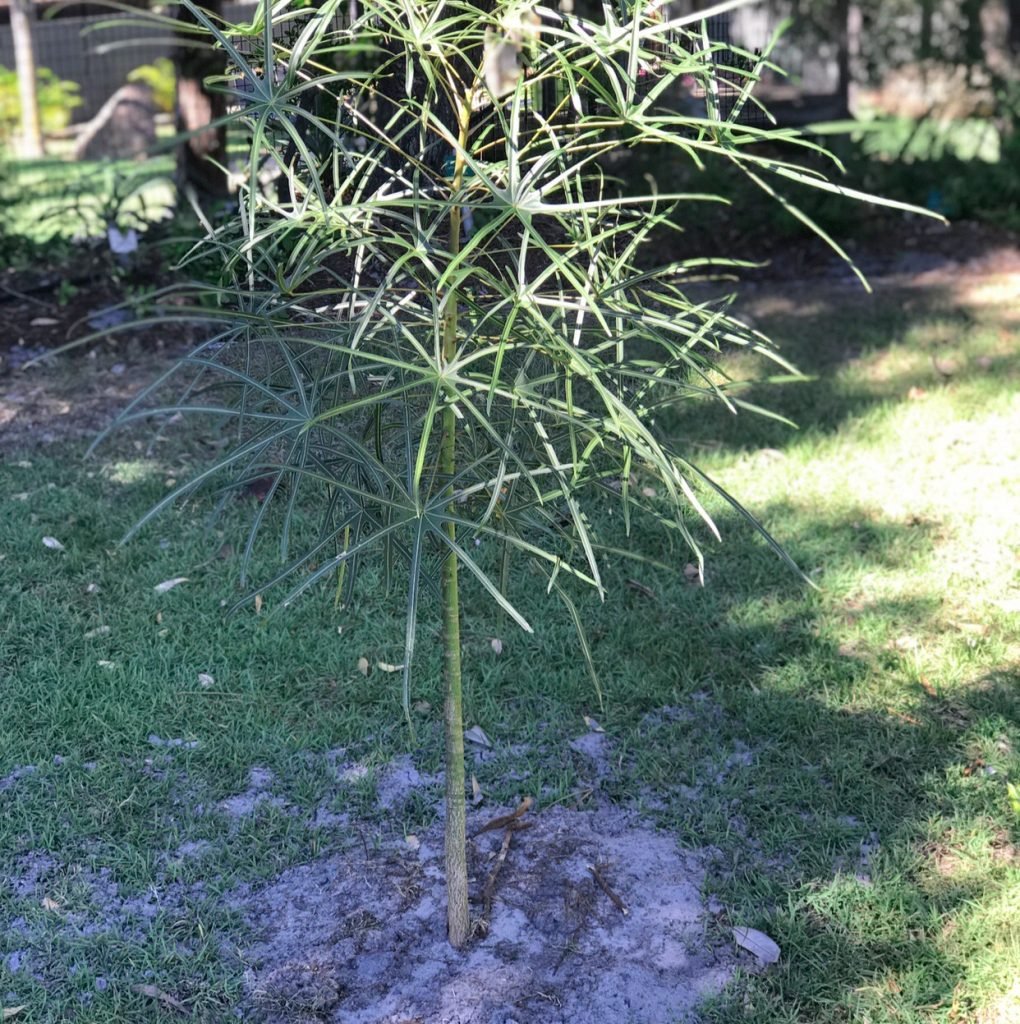
Individualitree
As the years progress I look forward to getting to know Arthur the Ormeau Bottle Tree when I visit him. Not only as a ‘tree’ that reminds me of a ‘koala’ and that symbolised hope for our battling koalas, but as a unique individual living sentient being.
Word Change
So do you really want to change the world? If you answered yes, then you have the opportunity to do it not with grand gestures but through minding your language. Words can kill or encourage life.
If you are fed up of seeing forests destroyed in the name of economic progress then you can create revolutionary change simply be recognising the right of every individual being to life. That’s it.
That one realisation and the words you choose to talk about our world can be world changing.
Saving Grace
You don’t have to start naming your pot plants if you think this is too potty. Simply seeing each plant as an individual and having their unique personalitree or personality is transformative. See how your language changes and allow this chain reaction flow onto others.
You want to change the world then change your thoughts. Practice gratitude for the incredible natural world that surrounds us. I believe this may be our saving grace.
Plant Rights may sound like some eccentric idea yet acknowledging there right to life may in turn save our own lives. Every action we would take in the name of progress would be made through a different lens creating a vastly different future for all who inhabit the Earth.
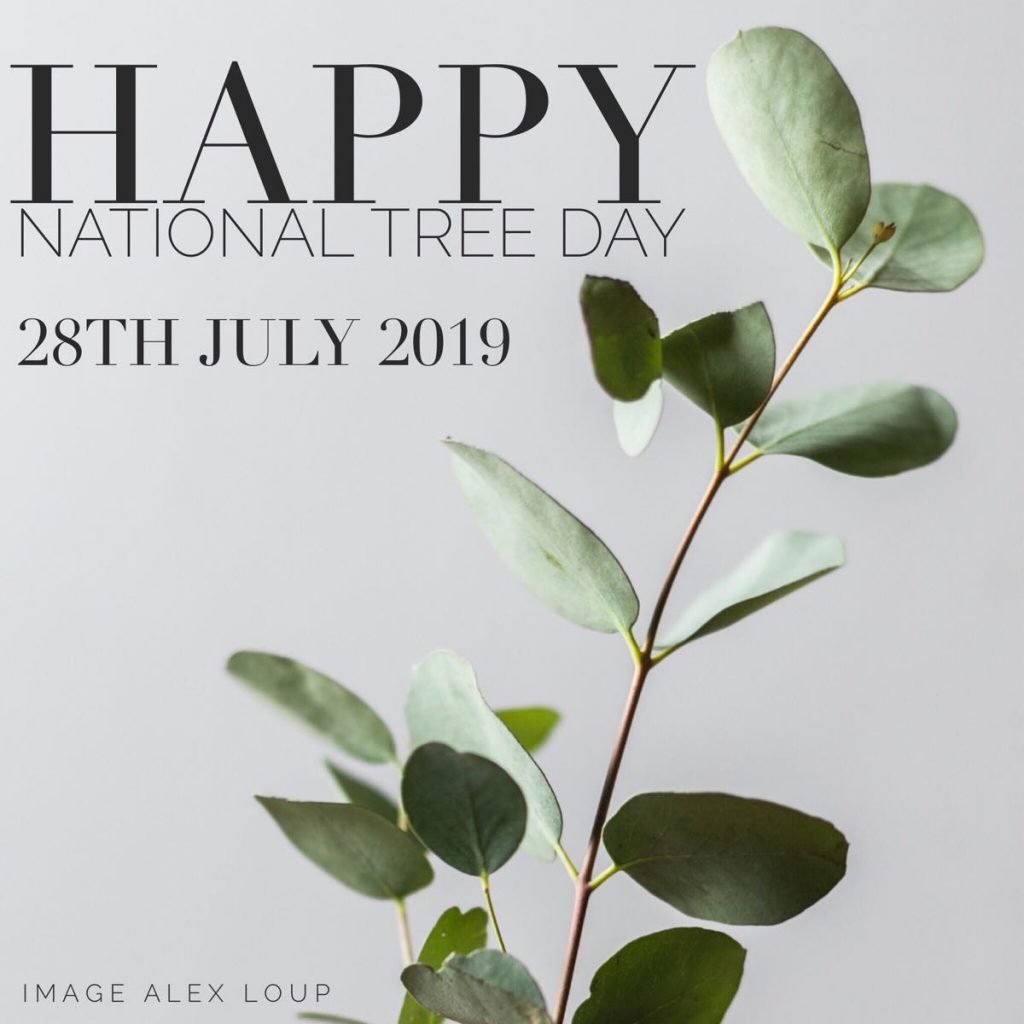
Updates:
National Tree Day
Even though I wrote this blog last week, I hadn’t managed to post it so it is apt that today is National Tree Day in Australia.
Here’s what I wrote on my The Tree Appreciation Society Instagram account:
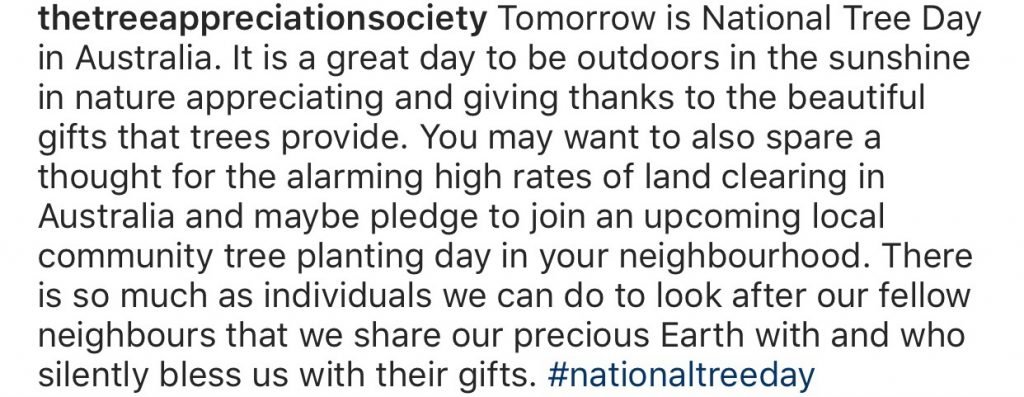
Plant Rights
As an end note, as eccentric as my above article may make me look, the Swiss Constitution contains a provision requiring “account to be taken of the dignity of creation when handling animals, plants and other organisms”.
In Australia, we finally recognise animals as being ‘sentient beings’ and Animals Rights is now more recognised and accepted. Is asking for Plant Rights in the future such a massive divide to cross?
Djab Warrung Trees
One last thing. I came across an article this week that talked about the Victorian government’s plan to bulldoze more than 260 Djab Warrug trees to make way for a new road. This has outraged the traditional indigenous custodians of the land.
Indigenous affairs commentators questioned why the fire at Notre Dame Cathedral in Paris had sparked nationwide grief, but the potential destruction of sacred trees on home soil remains largely ignored.
When we reduce everything to numbers, or categorise things, as I have said, we can cause insidious violence and destruction…
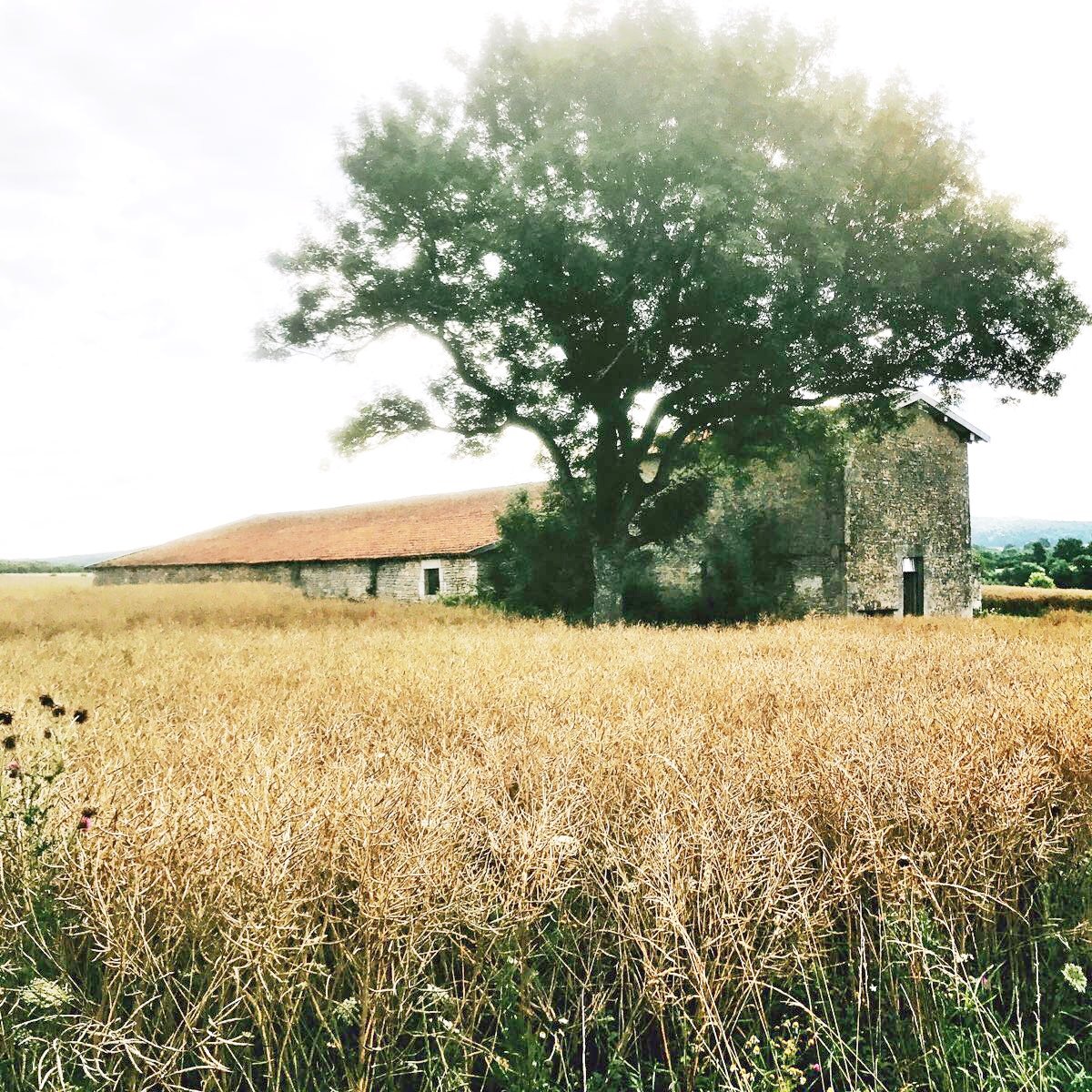
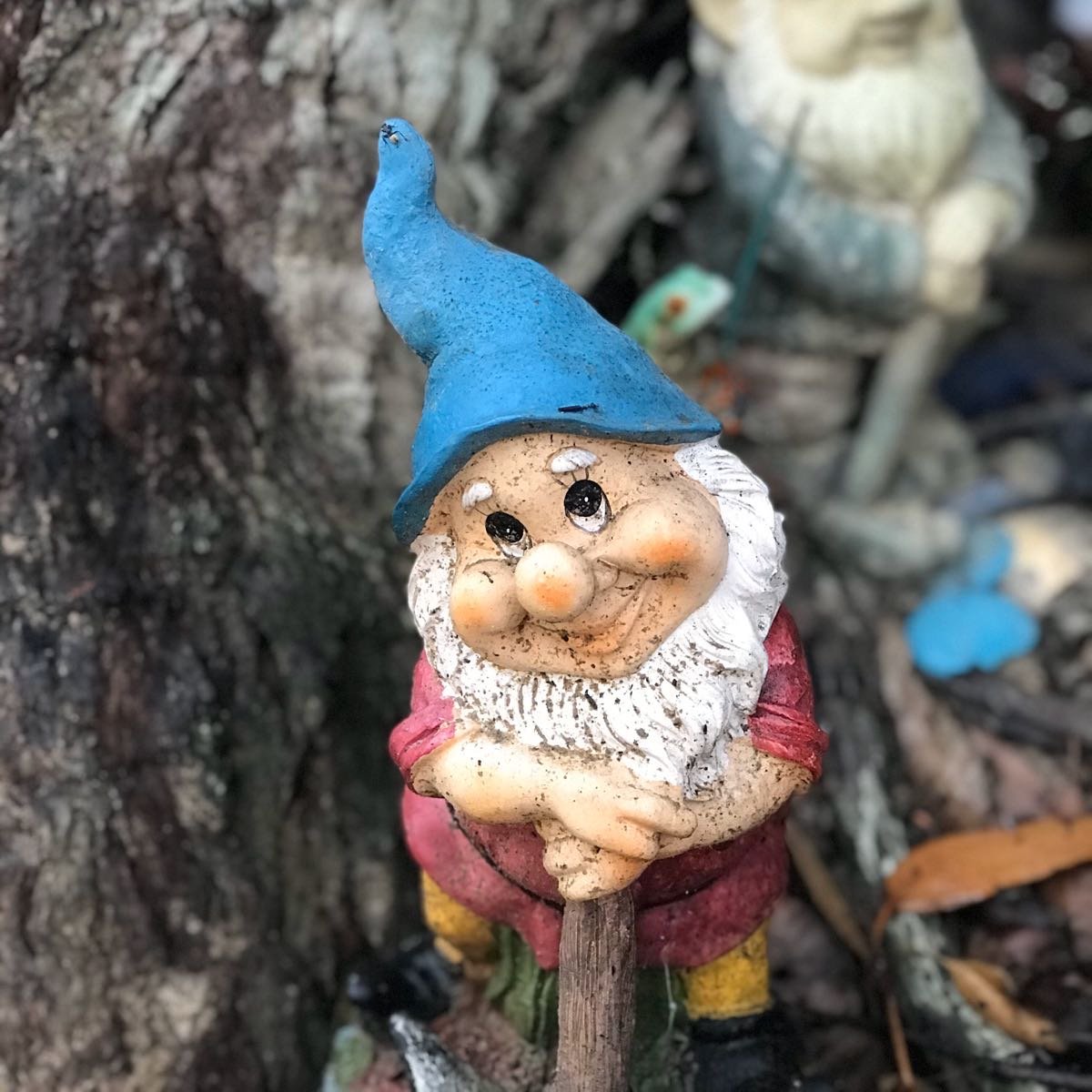
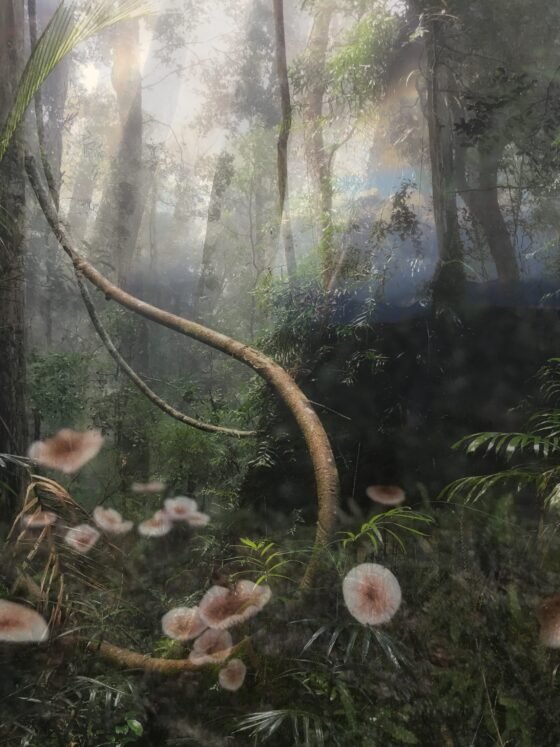
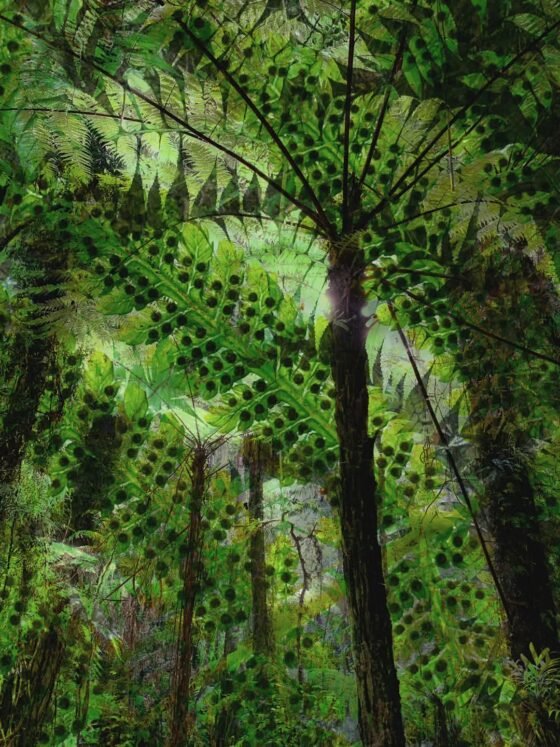
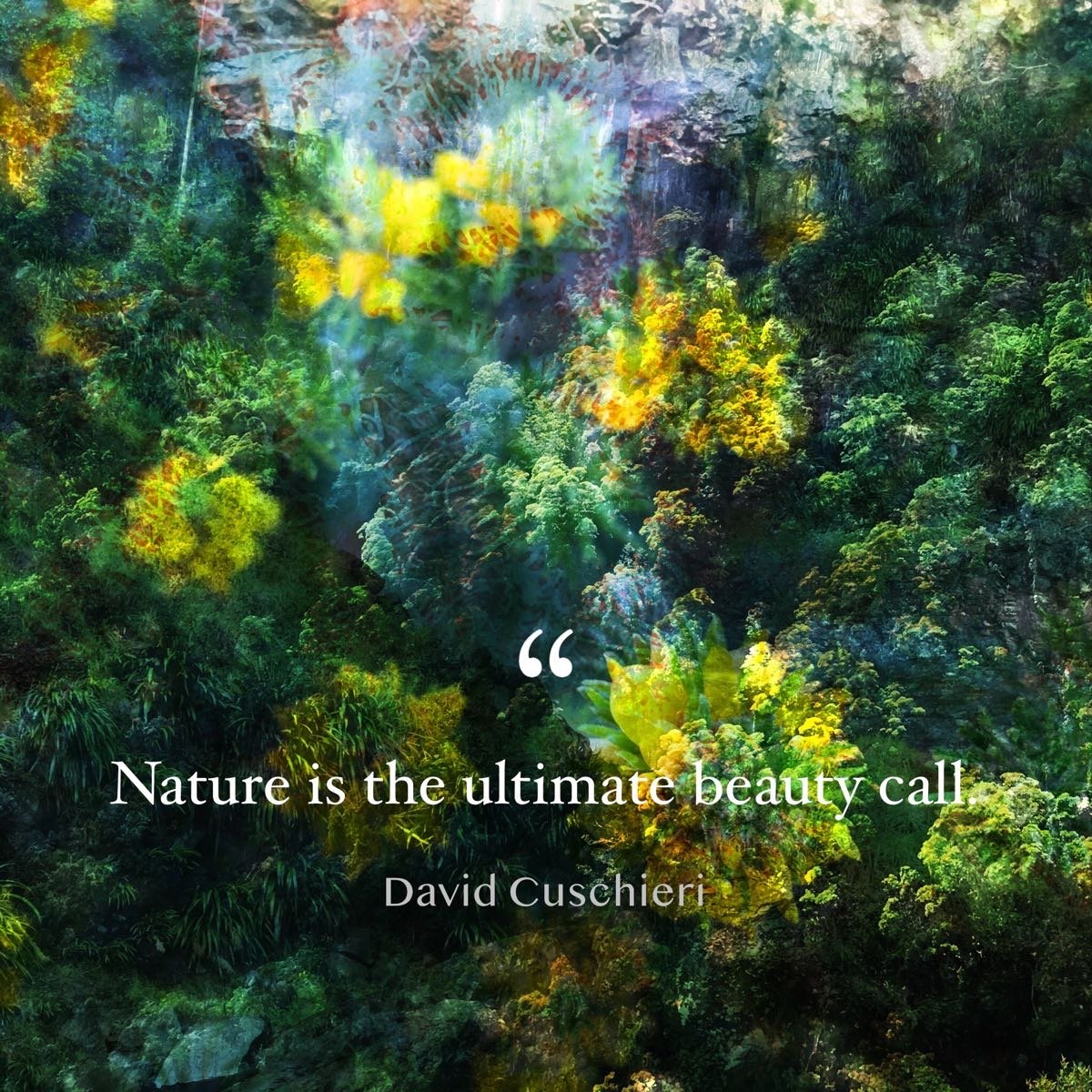



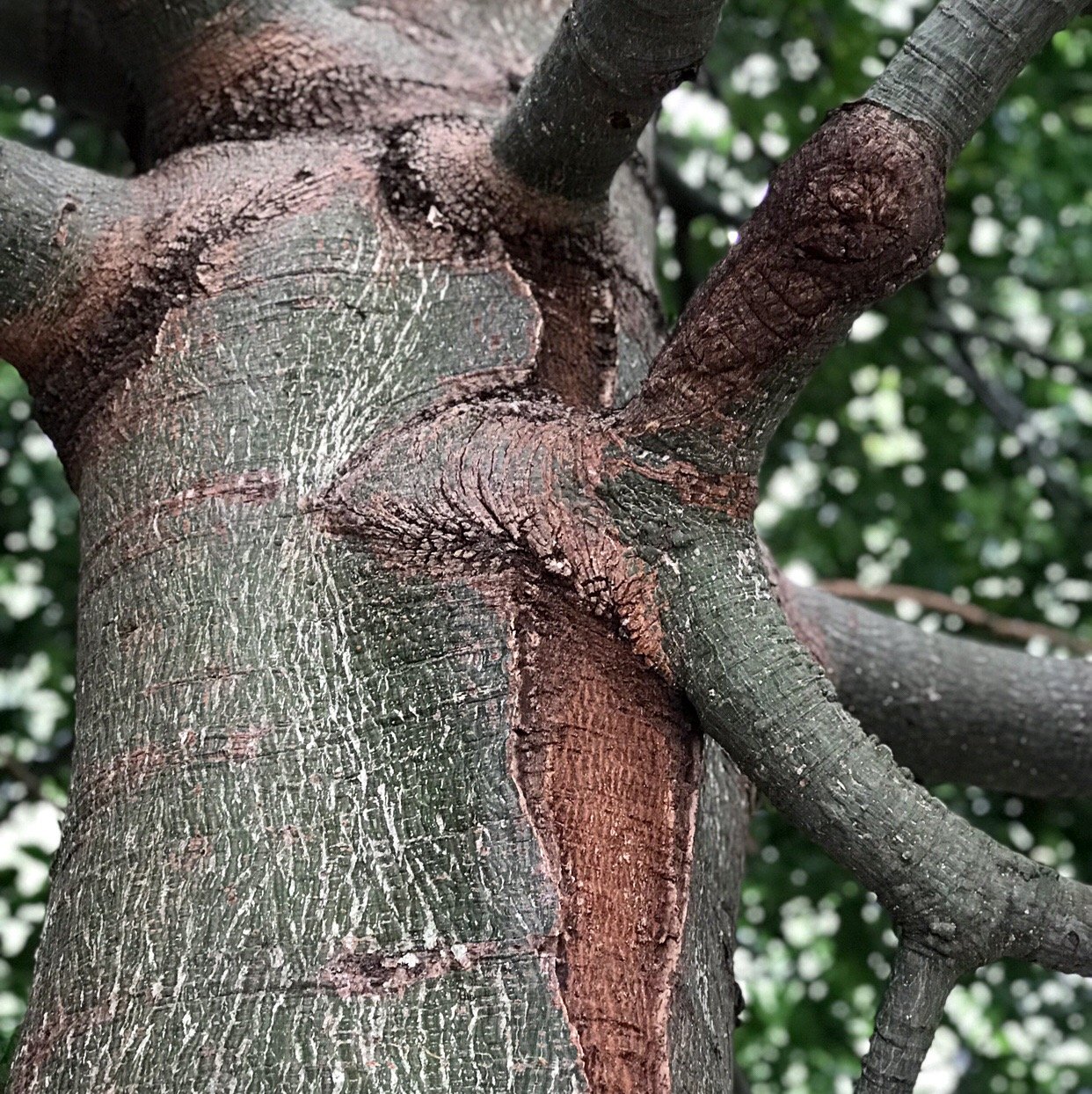


Paul Herman
07/29/2019Here is another one. https://www.youtube.com/watch?v=9DBf40a3tLc&list=PLrQu8dSg1bHbQ0fVv8CD8EFAk8hTInigg&index=11&fbclid=IwAR351mrmF4dE_BbPSVhP7Yn4Z2LIazV1MrTRRyHUidAt1PN5Hn2-pMI5Mew
Paul Herman
08/01/2019honest Govt advert about Koalas.
Paul Herman
08/01/2019Good to remember to plant trees before they grow too big. Over 50% of the tree is below Ground level so cramming it in a little pot will mean it will be unstable when it grows big and might blow over.